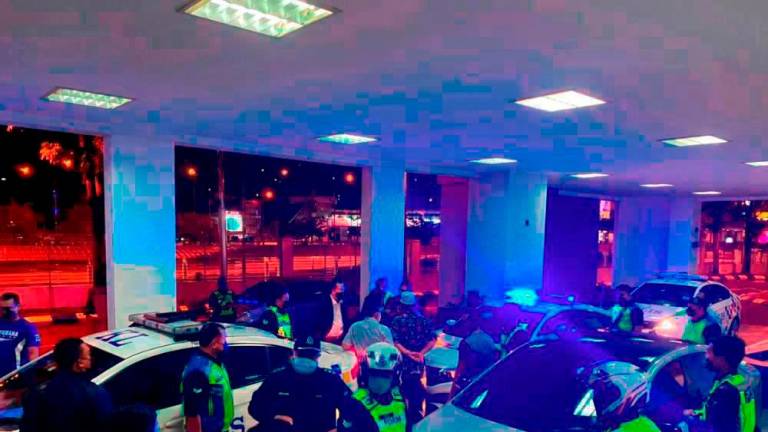TO address the issue of housing affordability and ownership among young adults in the low income group (B40), one way to go about it is by implementing a rent-to-own (RTO) scheme for affordable housing units.
Some might ask why is this needed? They should be able to afford houses that are “affordable”, some say.
But the terms “affordability” and “affordable housing” should be adequately defined so as not to confuse people as affordability varies from state to state and not everyone will be able to afford the affordable houses.
Anecdotal evidence has shown that it is harder for young adults to purchase a house during challenging times when employability is uncertain for them as new entrants to the labour market.
Therefore, they are at risk of not earning stable and sufficient income.
There was a positive first signal in May after the announcement by Federal Territories Minister Tan Sri Annuar Musa that the government is considering a rent-then-own scheme for young adults in the B40 group in Kuala Lumpur who are civil servants or running their own businesses.
Under the proposed scheme, over 1,000 housing units will be rented out for RM800 to RM850 per month while waiting for affordable houses priced less than RM200,000 to be built.
Once the housing projects are completed, the rental payments can be used as a deposit for the new house or returned to the renters as a rebate.
Perhaps the same scheme can be implemented in other states, say, for those who have to reside outside their home state for work purposes and want to own a house but cannot afford it.
They could be given the option to rent first at affordable rates for a few years and then allowed to buy the house at the end of the rental period or when they can get a mortgage from the bank.
This scheme can offer an attractively low entry cost because tenants would not need to pay the 10% down payment that buying a house requires.
To make it workable, the government, financial institutions and property developers must collaborate in the most effective and coordinated way.
A scheme like this could help to address worries about home ownership among young adults who face issues like difficulty in getting loans and insufficient funds for the 10% downpayment.
It could also help solve the issue of property overhang.
Affordable homes priced between RM200,000 and RM300,000 accounted for 43% of total property overhang in the first half of 2019, according to the Valuation and Property Services Department.
This measure can be in conjunction with the Housing Integrated Data System whereby buyers can select their preferred location and type of house that suits their incomes, expected to be ready by next year.
With this convenience, underprivileged young adults can be prioritised in the allocation process of affordable housing units because if they are still unable to afford a house, they can be directed to the RTO scheme.
The Home Ownership Campaign has been lauded by the public due to its incentives but an RTO scheme could be another boost to help young adults get their own homes.
Considering young adults are likely to be part of the B40 group who allocate the highest share of their expenditure to housing – 25.6% – and income growth tends to not keep up with the rise in house prices, the issue of housing affordability among this group should be addressed.
With that being said, the rental market should be strengthened further to become a viable option for those who are financially burdened in the short term.
Hence, an RTO scheme should be one of the action plans considered by the authorities.
Sofea Azahar is research analyst at EMIR Research, a think tank focused on strategic policy recommendations based on rigorous research.












